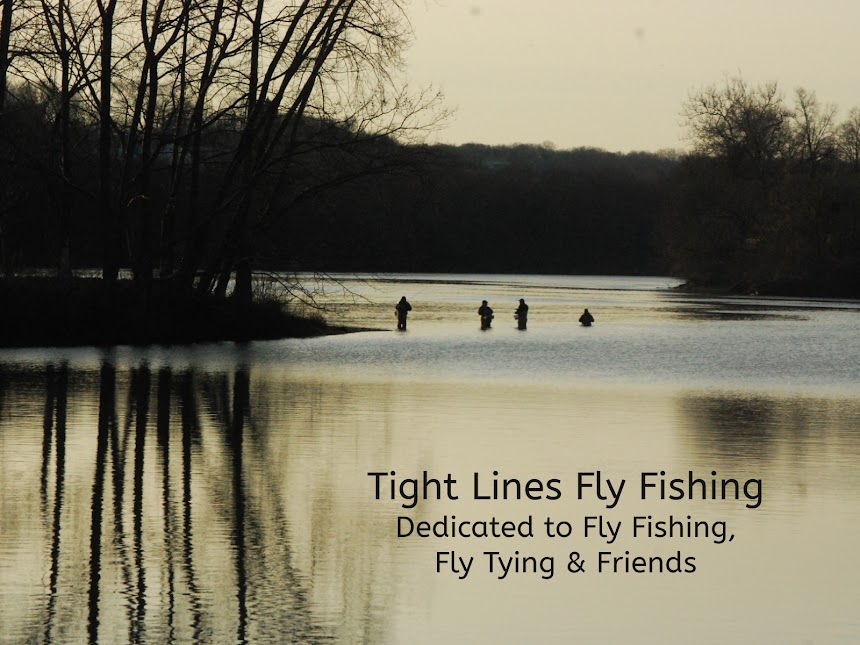Woodchuck Caddis
Hook: Tiemco 100 Or Dry Fly Hook of choice; in Size #12 to #18.
Thread: Tan, Brown or Wood Duck colored thread.
Body: Woodchuck under fur; or Natural Hare’s Ear dubbing mixed with Woodchuck under fur. You may even be able to find Woodchuck dubbing.
Wing: Woodchuck guard hairs.
Hackle: Brown and Grizzly; or a single Cree; or dark-barred Dun Hackle.
Eric Leiser
is credited with having popularized this fly.
He included it in his book ‘The Book of Fly Tying Patterns’. It’s a pretty easy tie and you can knock a
lot of these flies fast. It requires
only 3 all natural materials. This fly
has been around for a while. I have to
thank my friend Bill Goeben for introducing it to me more than 35 years
ago.
To tie this
fly, secure the hook in your vice. Start
your thread on the hook shank leaving a 2 hook eye length space behind the hook
eye. Take a few securing wraps
‘rearward’ then cut off the tag end. Wrap
rearward so that your thread hangs at about the hook point. Next, create a slender dubbing noodle with
your Body dubbing of choice. Start
dubbing the hook shank at the bend and make ‘touching’ wraps forward to the
initial tie in point. You are now going
to prepare your wing by clipping a small clump of Guard Hairs off of the
Woodchuck hide. Pull away the shorter
‘underfur’ from the Guard Hairs. You can
use it for Body dubbing if you want.
Take the Guard Hairs and place them ‘tips first’ into a hair
stacker. Stack the hairs then measure
them on top of the hook shank. It should
extend slightly beyond the back edge of the hook bend. Hold the hairs tightly and make securing wraps
forward. Now lift the butt ends of the
hairs off and trim them off. Continue
making securing wraps forward to the hook eye.
Bring your thread back to the initial tie in point.
Select a
Brown and Grizzly hackle for the fly. A
Cree or dark-barred Dun Hackle will also work.
Strip the fuzzy base feather fibers.
Now lay the feather on the near side of the hook. The feather fibers should be forward beyond
the hook eye and the stem will lay the hook shank. After
it is securely anchored, cut off the butt end of the feather and create a
secure base for your hackle. Leave your
thread at the initial tie in point. Now,
wrap your hackle back to your thread with your pliers. Take a few securing wraps around your hackle
feather. You are now going to make
‘touching’ wraps forward, carefully making counter wraps through your hackle, all
the way to the hook eye. Whip finish the fly, then cut off the butt end
of your hackle feather and your
done.
Below is a video by tightlinevideo on how to tie this fly:
If you have any questions about this fly or would like to submit a Fly of The Month I can be reached at pdinice@frontier.com .


No comments:
Post a Comment